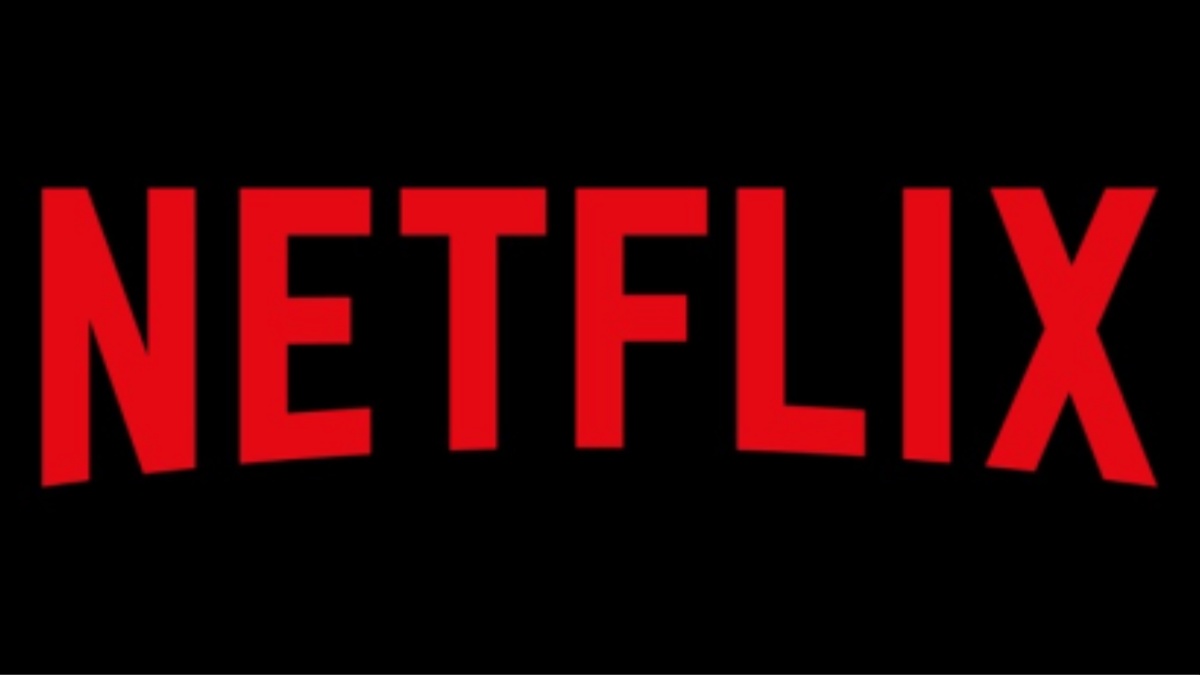What’s Next for TV and Movies: The Evolution of Streaming Service

Visual entertainment is always there. Whether you’ve had a bad day or celebrating with people, there’s always something to watch. With countless genres at your fingertips, you are just a click away from a next favorite. It’s no doubt that the industry has grown immensely. Which brings us to the next question; What’s left to do and what’s coming next? If you’re as curious as we are, keep reading!
We got familiar with the concept of streaming back in 2005 when YouTube was unveiled. Then came Netflix with on-demand content in 2007 and it was followed by many other service providers since then. In almost a decade, names like Amazon Prime, Hulu, and HBO have taken over the globe. In 2024, streaming has become a norm for majority of the global population. While some are using them alongside traditional means, most prefer them over conventional TV subscriptions.
In a world where recorded shows and reruns were the closest you could get to re-watching stuff, streaming facilities became a dream come true. Priorities changed, people were no longer glued to the TVs or frequently visiting the cinemas. Almost everything they wanted to watch could be digitally available.
Not only can users choose a suitable plan but also select the quality that works best. But that’s not the most interesting part. The intrigue lies in the competition; Netflix was ruling over the streaming industry when it first came out and other potential companies launched services to contend against it. How about we recall the rise of the streaming era and rediscover all that happened?
The Early Days of Streaming
It all started in April 2005 with YouTube. In 2006, Justin.tv (previously called Twitch) came out, which was followed by the release of Netflix in January 2007. In June of the same year, we got the first-ever iPhone. In the next four years, we saw broadcasting and live sessions gain popularity. Slowly, as smartphones became preferable, rental DVDs and cable TV also became a choice. People had more options in terms of devices, usage, and payment. Digital streaming slowly took traditional media’s place.
But the real game-changer was the COVID era in the 2020s. It redefined entertainment for people and gave much-needed exposure to streaming platforms. People couldn’t go out much so live and VOD content became the next best thing. Everyone was hooked, finishing seasons, their movie lists, and enjoying exclusive content. The pandemic frenzy is over, but users enjoy these services just the same. To the point where we have some streaming giants in the industry.
Not only are these giants purchasing famous shows but they’re also making “Originals.” Names such as Amazon, Apple TV, Disney, Netflix, and YouTube are some notable original producers. Add enhanced captions and picture quality to the mix and you have a desirable product. Since 2020, we have officially entered the era of streaming wars with major brands competing to win over their audiences. But how has it impacted the traditional entertainment mediums?
The Impact on Traditional TV
Let’s talk about TV first. According to some sources, most consumers are doing something called “cutting the cord” for their cable TV subscriptions. Streaming feels a lot more convenient as it doesn’t have a set schedule and you can watch things based on personal routine. Plus, they can binge-watch stuff without waiting for the next episode to drop. It’s an excellent tool for keeping people hooked. And since the rules of TV don’t apply to streaming, there is a lot more freedom in terms of story, creation, and visibility. Another huge plus is the price; online streaming is a lot cheaper than cable TV.
The same goes for movies. Our knee-jerk reaction to movie releases is “Will this be available on X platform?” Which lessens the need to go to the cinema and spend a good amount to get a physical ticket.
Marketing is another important element. To make things more interesting, all streaming brands are going head-to-head on multiple platforms. The strategies are planned accordingly to match the appeal. Even new features are introduced to excite the audiences; like Netflix’s ‘teleparty’ service.
The Rise of Original Content
Original streaming content has been getting much-deserved hype. According to research by Parrot Analytics, Netflix, Amazon Prime Video, and Disney+ have some of the most demanded original content across user base. These brands have been successful enough to not only engage the audiences but gain their favor over conventional content as well. There’s a very populated need for exclusivity and to impress the audiences with relevancy.
Over the last 2 years, people have grown obsessed with the idea of independent content. The uniqueness of original creators and small-scale studios is finally being appreciated. Studios like A24 are being praised by the masses for their creativity. Similarly, other independent creators are also riding the waves of fame, giving way to the ‘creator economy.’ Much so that even organizations like Forbes have noticed the phenomenon.
Subscription Models and Revenue Strategies
OTT or Over-the-top streaming models are quite different from the usual ones. Everyone gets a choice; creators get to decide what they make and the audience has liberty over the payments. According to Uscreen, there are five major types of Video-on-Demand models:
- Advertising (user watches an ad to access content)
- Transactional (pay-per-view material)
- Subscription (recurring charges for unlimited content)
- Hybrid (combo of two or more types)
- Membership (subscription but with community features)
The trend has been so massive that relevant service providers have molded their plans to accommodate streaming. Even popular internet providers like Spectrum Internet have come out with exclusive packages and data brackets for streaming. Their cable TV plans offer perks like premium access to popular channels of all categories. It’s a clear sign that these practices are loved and appreciated, and won’t die down anytime soon.
Global Expansion and Market Saturation
Feels like only yesterday that Netflix started expanding its market. Now we have content pouring from regions of Asia, Europe, and Latin America. It even has dedicated social accounts serving each local audience. Not only is it investing in partnerships but also hyper-focused content for promoting stuff. The primary effort was providing subtitles and dubbing for every form of content available. It led to a bigger support with people learning about international shows and languages. K-dramas are a very good example of this strategy.
The idea of diversity can be amplified through visual arts. Netflix’s international strategy has been pretty useful in that regard. It increased global demand and appealed to the audiences. By learning the likes and dislikes, it modified and conquered the consumer base. Personalizing the algorithms to cater to different tastes was another clever trick.
However, it wasn’t easy. There are also considerable challenges and opportunities the brand faces in emerging markets. Taking advantage of the timing and preferences is vital to success in this industry. There are also many legal issues, censorship concerns, and unexplored data to sift through.
The Future of Streaming: What’s Next?
Interactive Content
Storytelling is an art form, and if mastered correctly, it can lead to great results. Take Black Mirror’s 2018 Film ‘Bandersnatch’ for example. By combining the best traits of a good plot, the content was delivered skillfully. Similarly, the interactive 2023 romcom ‘Choose Love’ was also a great watch. The element of ‘choosing’ your path in a visual piece is exciting and Netflix has been taking advantage of that.
Virtual and Augmented Reality
We love watching movies in hyper-realistic settings. AR/VR is all the rage right now. We have super-defined games, movies, and videos available in the formats. Looks like it won’t be going away anytime soon. And with Apple’s Vision Pro in the market, the possibilities are endless.
AI and Personalization
Integrated AI tools are everywhere. Every big platform offers personalized recommendations and assistance tools that double the fun and appeal of the experience. AI is also being used to smartly assess user preferences and notice behaviors.
Challenges Ahead for Streaming Services
- Content oversaturation
Everything you imagine has been done or is about to be made into a series/movie. The moment a book or game goes viral, the industry starts making plans to adapt it. While this practice is exciting, if overdone, might lose its charm.
- Rising costs for consumers as platforms multiply
Not every service is accessible or affordable and with the shifting economy, these things might just become too unattainable for the financially cornered bunch.
- Piracy and illegal streaming challenges
Authenticity is important but there are many pirated sites facilitating people who don’t feel like spending money just to watch something. To seem indispensable, the streaming giants have got to do better.
- Environmental concerns related to data usage and streaming infrastructure
The data transmission, centers, and devices we use for streaming all contribute to emissions and carbon footprints, this might them a little harmful but plans are also underway to make streaming more sustainable.
With all that said, now it’s time to wrap things up! This was a nostalgic ride! We’ve come a long way from desktop systems to smart devices. If there’s anything this highly digital age teaches us, it’s to appreciate and utilize the available services. And if you think this is the peak, we strongly advise against underestimating the role of technology in the future.

